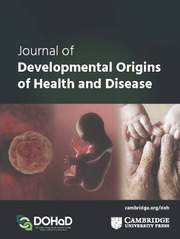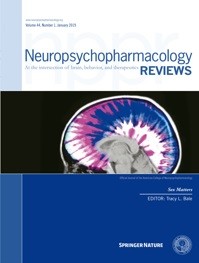
“Cannabis use for medicinal purposes was first documented in 2900 BC in China, when Emperor Shen Nong described benefit for rheumatism and malaria and later in Ancient Egyptian texts.
Discussion in medical journals, the mainstream and social media around the use of cannabis for medicinal and non-medicinal purposes has increased recently, especially following the legalisation of cannabis for recreational use in Canada and the UK government’s decision to make cannabis-based medicines (CBMs) available for prescription by doctors on the specialist register.
The actual, social and economic legitimisation of cannabis and its medicinal derivatives makes it likely increasing numbers of patients will present on this class of medicines. Perioperative physicians will require a sound understanding of their pharmacology and evidence base, and may wish to exploit this group of compounds for therapeutic purposes in the perioperative period.
The increasing availability of cannabis for both recreational and medicinal purposes means that anaesthetists will encounter an increasing number of patients taking cannabis-based medications. The existing evidence base is conflicted and incomplete regarding the indications, interactions and long-term effects of these substances.
Globally, most doctors have had little education regarding the pharmacology of cannabis-based medicines, despite the endocannabinoid system being one of the most widespread in the human body.
Much is unknown, and much is to be decided, including clarifying definitions and nomenclature, and therapeutic indications and dosing. Anaesthetists, Intensivists, Pain and Perioperative physicians will want to contribute to this evidence base and attempt to harness such therapeutic benefits in terms of pain relief and opiate-avoidance, anti-emesis and seizure control.
We present a summary of the pharmacology of cannabis-based medicines including anaesthetic interactions and implications, to assist colleagues encountering these medicines in clinical practice.”
https://www.ncbi.nlm.nih.gov/pubmed/31827774
“In summary, cannabinoids may improve pain relief as part of multi-modal approach. As the evidence base increases, CBMs could become part of the perioperative teams’ armamentarium to help provide an opiate sparing multimodal analgesia regime as well as having a role in the management of common post-operative complications such as nausea and vomiting.”
 “In drug development, the creation of highly selective ligands has been unsuccessful for the treatment of central nervous system disorders.
“In drug development, the creation of highly selective ligands has been unsuccessful for the treatment of central nervous system disorders.

 “The most bioactive ingredient of
“The most bioactive ingredient of  “Elucidation of
“Elucidation of 
 “Pantothenate kinase-associated neurodegeneration is characterized by severe, progressive dystonia. This study aims to describe the reported usage of cannabis products among children with pantothenate kinase-associated neurodegeneration.
“Pantothenate kinase-associated neurodegeneration is characterized by severe, progressive dystonia. This study aims to describe the reported usage of cannabis products among children with pantothenate kinase-associated neurodegeneration. “Restless legs syndrome (RLS) is one of the most disabling and sometimes painful sensorimotor ailment of the nervous system that has only in recent years become more widely accepted as a clinical disorder with its own distinct features. Usually, symptoms respond well to dopamine agonists, anticonvulsants, or opiates, but still a subset of patients remains refractory to medical therapy and/or reports serious side effects.
“Restless legs syndrome (RLS) is one of the most disabling and sometimes painful sensorimotor ailment of the nervous system that has only in recent years become more widely accepted as a clinical disorder with its own distinct features. Usually, symptoms respond well to dopamine agonists, anticonvulsants, or opiates, but still a subset of patients remains refractory to medical therapy and/or reports serious side effects. “Many patients have reported that they decrease their use of opioids after starting medical cannabis (MC) but less is known for alcohol.
“Many patients have reported that they decrease their use of opioids after starting medical cannabis (MC) but less is known for alcohol. “The endocannabinoid system (ECS), modulated by metabolites of linoleic acid (LA), is important in regulating cardiovascular function.
“The endocannabinoid system (ECS), modulated by metabolites of linoleic acid (LA), is important in regulating cardiovascular function. “Chronic pain affects a significant percentage of the United States population, and available pain medications like opioids have drawbacks that make long-term use untenable.
“Chronic pain affects a significant percentage of the United States population, and available pain medications like opioids have drawbacks that make long-term use untenable.